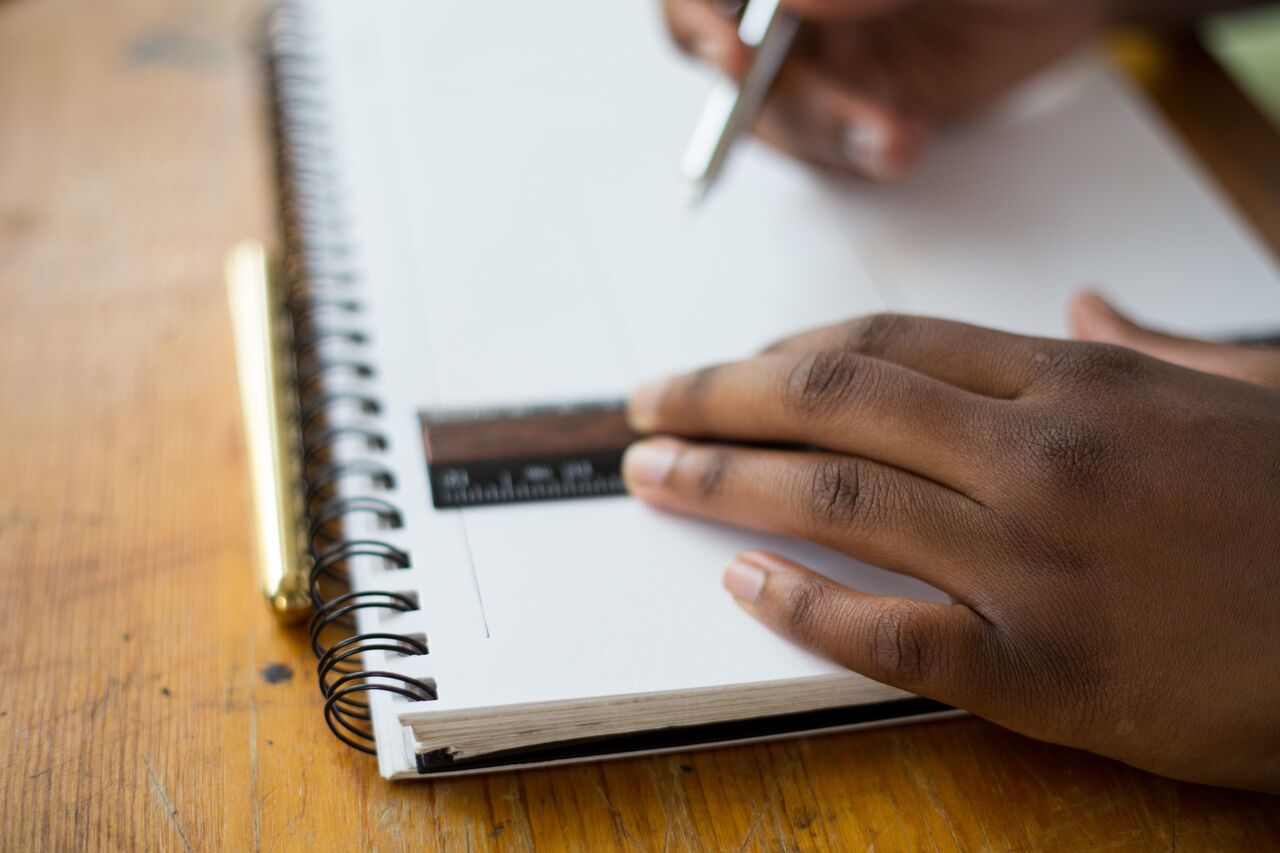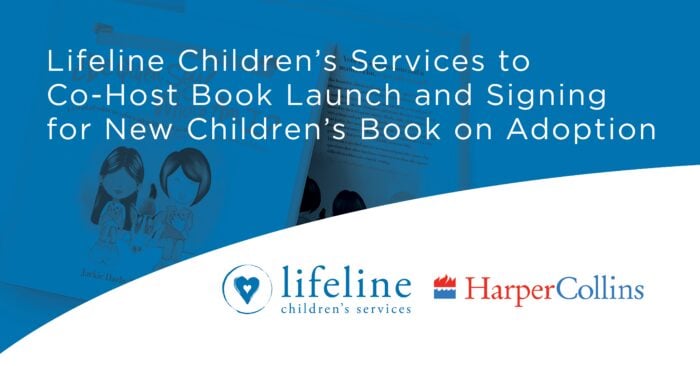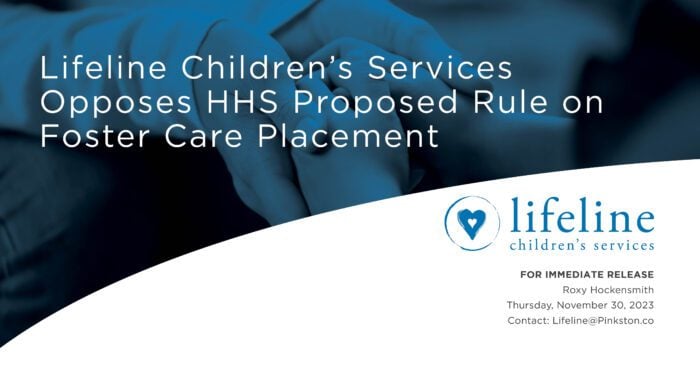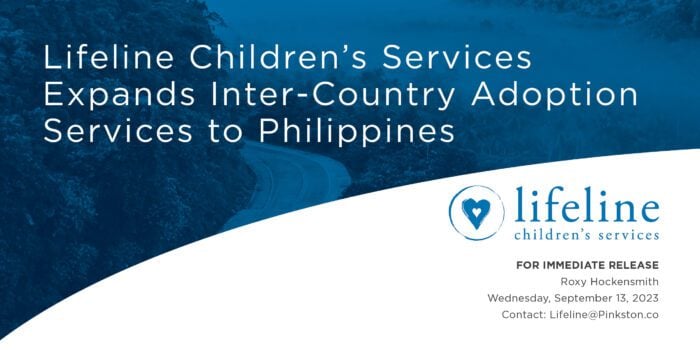What is the difference between willful defiance and a trauma reaction?
Children who have experienced relational or circumstantial trauma can express themselves in ways that are typically regarded as defiant misbehavior.
Their minds, however, are often reacting to how their bodies have been programmed to deal with unpleasant situations, particularly responding out of fear. In the classroom, teachers who understand the needs that a behavior expresses for a child can help that child find a sense of emotional safety and help him or her to develop healthier strategies to self-regulate and process changes and surrounding circumstances.
Trauma is more about the perception of an event than the actual details that happened. Any event is traumatic that a person sees or experiences as really scary can make him or her worry that they or someone else could be significantly hurt or killed.
Now, consider all of the children that may be inside one a classroom. What traumas have they experienced that could affect their day at school? Hunger. Family instability. Abandonment. Abuse. Medical procedures. The list goes on and on.
Therefore, although one behavior may appear to be a willful act toward disobedience, it may actually be a response to past trauma and a child’s attempt at self-preservation and consistency.
Children who have experienced trauma often function from the brain stem—the part of the brain focused on survival, which gives us the fight, flight, or freeze responses to unpleasant situations. The rational thinking part of the brain (the neocortex) is offline in the midst of trauma, and this same trauma can cause the brain to get “stuck” in this survival frame of mind. In the classroom, then, challenging behaviors may surface, and learning can become difficult.


Our first responses are often “How can I get this child to change his/her behavior?” Instead, when we ask, “What need is the child’s behavior communicating?” we can move in the direction of improved relationship, which improves behavior.
That question is a great start to understanding children who have experienced trauma and how to relate to them in the classroom, but we know there are a ton of questions about how to practically implement this knowledge with the precious children in your classroom. That’s why Lifeline has developed a training module for teachers. It is our desire to come alongside you to give you tools to help navigate strategies with children who have experienced relational or circumstantial trauma.




